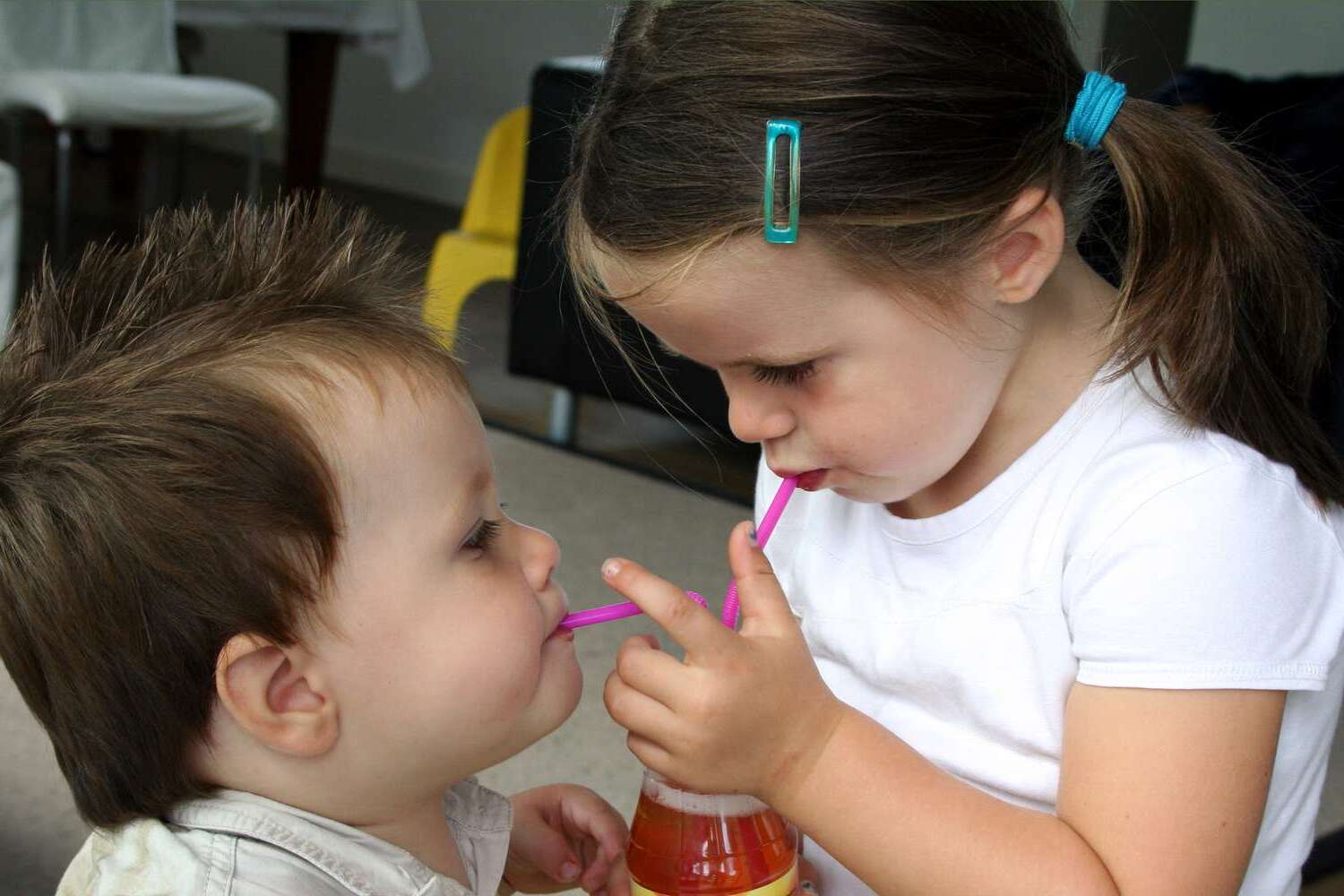
Ohdo–Madokoro–Sonoda syndrome might sound like a mouthful, but it's a rare genetic condition that affects various parts of the body. Ever wondered what makes this syndrome unique? Ohdo–Madokoro–Sonoda syndrome is characterized by distinctive facial features, developmental delays, and sometimes heart defects. This condition is so rare that only a handful of cases have been documented worldwide. Imagine having a condition so unique that doctors and scientists are still learning about it! Understanding the basics of Ohdo–Madokoro–Sonoda syndrome can help raise awareness and support for those affected. Ready to dive into 25 intriguing facts about this rare syndrome? Let's get started!
Key Takeaways:
- Ohdo–Madokoro–Sonoda syndrome is a rare genetic disorder with distinct facial features, intellectual disability, and physical traits like short stature and heart defects. Early diagnosis and supportive care are crucial for managing the condition.
- Understanding the genetic and developmental aspects of Ohdo–Madokoro–Sonoda syndrome can help in early diagnosis, personalized treatment, and providing support for affected individuals and their families. Ongoing research aims to improve outcomes for this rare condition.
Ohdo–Madokoro–Sonoda Syndrome: An Overview
Ohdo–Madokoro–Sonoda syndrome is a rare genetic disorder. It affects multiple parts of the body, leading to various physical and developmental challenges. Here are some intriguing facts about this condition.
-
Rare Genetic Disorder: This syndrome is extremely rare, with only a handful of documented cases worldwide.
-
Named After Discoverers: The syndrome is named after the doctors who first described it: Ohdo, Madokoro, and Sonoda.
-
Autosomal Recessive Inheritance: It follows an autosomal recessive pattern, meaning both parents must carry the gene for a child to be affected.
-
Facial Dysmorphisms: Individuals often have distinct facial features, including a broad nasal bridge and a high forehead.
-
Intellectual Disability: Many affected individuals experience varying degrees of intellectual disability.
Physical Characteristics
The syndrome manifests through several physical traits. These characteristics can help in diagnosing the condition.
-
Short Stature: Affected individuals are often shorter than their peers.
-
Hypotonia: Low muscle tone is common, leading to delayed motor skills development.
-
Dental Anomalies: Dental issues, such as missing or misaligned teeth, are frequently observed.
-
Skeletal Abnormalities: Some individuals may have skeletal issues, like scoliosis or joint hypermobility.
-
Heart Defects: Congenital heart defects can occur, requiring medical intervention.
Developmental and Behavioral Aspects
Developmental and behavioral challenges are significant aspects of Ohdo–Madokoro–Sonoda syndrome. Understanding these can aid in providing better care and support.
-
Delayed Speech: Speech development is often delayed, necessitating speech therapy.
-
Learning Disabilities: Learning difficulties are common, requiring specialized educational plans.
-
Behavioral Issues: Some individuals may exhibit behavioral problems, such as hyperactivity or anxiety.
-
Social Interaction: Social skills can be affected, making it challenging to form peer relationships.
-
Therapeutic Interventions: Early intervention with therapies like occupational and physical therapy can improve outcomes.
Genetic and Diagnostic Information
Genetic testing and diagnosis are crucial for managing Ohdo–Madokoro–Sonoda syndrome. Here are some key points about the genetic and diagnostic aspects.
-
Genetic Testing: Genetic testing can confirm the diagnosis by identifying mutations in specific genes.
-
Prenatal Diagnosis: In some cases, prenatal diagnosis is possible if there is a known family history.
-
Multidisciplinary Approach: Diagnosis often involves a team of specialists, including geneticists, pediatricians, and neurologists.
-
Family History: A detailed family history can provide clues for diagnosis.
-
Carrier Testing: Carrier testing for parents can help in understanding the risk of passing the condition to offspring.
Management and Treatment
Managing Ohdo–Madokoro–Sonoda syndrome involves addressing the various symptoms and providing supportive care.
-
Regular Monitoring: Regular medical check-ups are essential to monitor growth and development.
-
Medical Interventions: Surgical interventions may be necessary for heart defects or skeletal abnormalities.
-
Educational Support: Tailored educational programs can help in addressing learning disabilities.
-
Support Groups: Joining support groups can provide emotional support and resources for families.
-
Research and Advances: Ongoing research aims to better understand the syndrome and develop more effective treatments.
Final Thoughts on Ohdo–Madokoro–Sonoda Syndrome
Ohdo–Madokoro–Sonoda Syndrome, a rare genetic disorder, affects many aspects of a person's life. Understanding its symptoms, causes, and treatments can help those affected and their families manage the condition better. Early diagnosis and intervention are crucial for improving quality of life. Genetic counseling can provide valuable insights for families with a history of this syndrome. While there's no cure, ongoing research offers hope for better treatments in the future. Awareness and education about this syndrome are essential for fostering a supportive community. By sharing knowledge and resources, we can make a difference in the lives of those living with Ohdo–Madokoro–Sonoda Syndrome. Stay informed, stay supportive, and let's continue to advocate for those affected by this rare condition.
Frequently Asked Questions
Was this page helpful?
Our commitment to delivering trustworthy and engaging content is at the heart of what we do. Each fact on our site is contributed by real users like you, bringing a wealth of diverse insights and information. To ensure the highest standards of accuracy and reliability, our dedicated editors meticulously review each submission. This process guarantees that the facts we share are not only fascinating but also credible. Trust in our commitment to quality and authenticity as you explore and learn with us.
